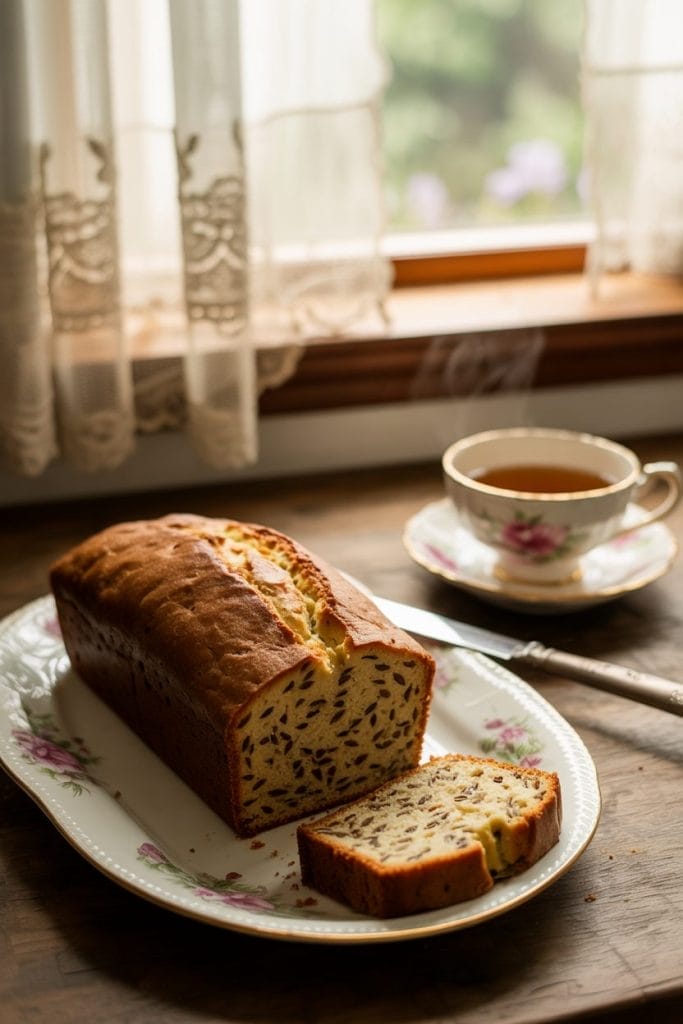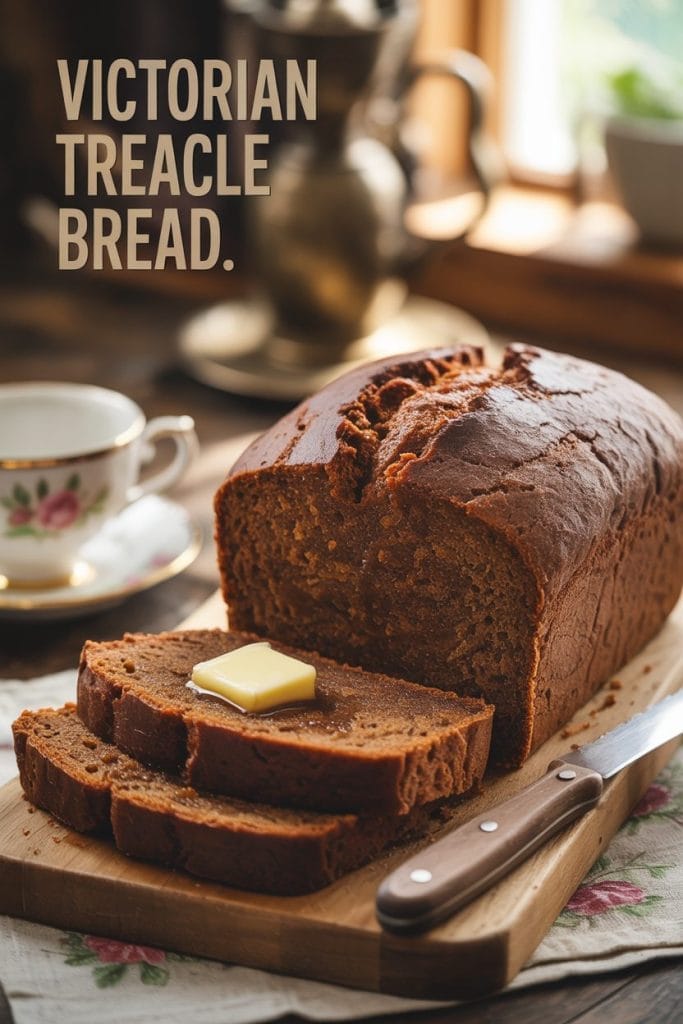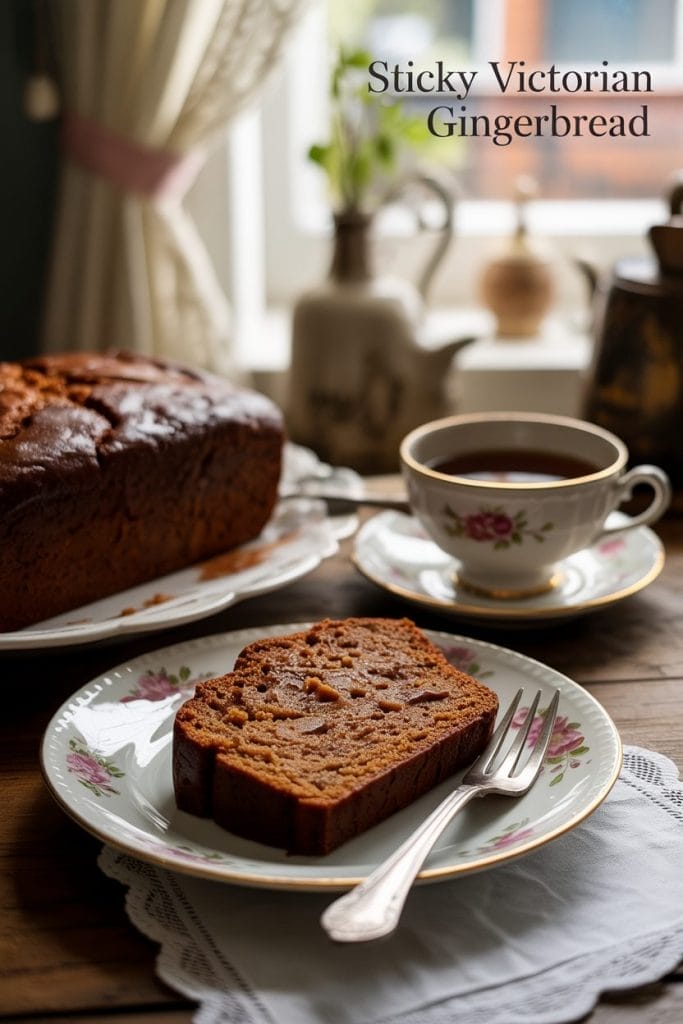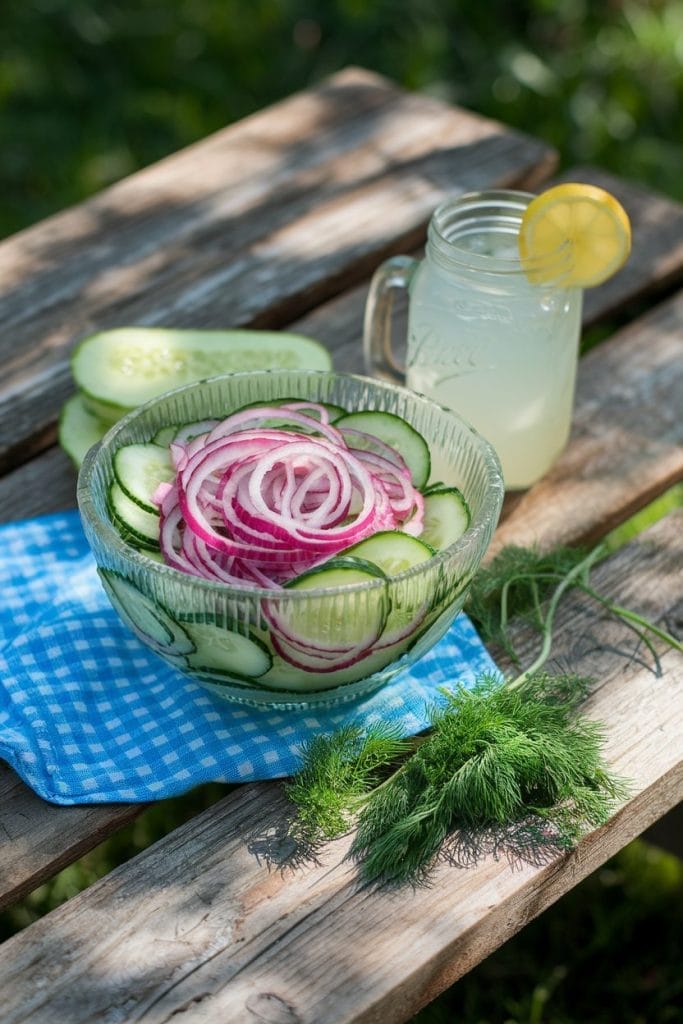Home > Single Recipes > Colonial Indian Pudding: A Warm Taste of Early America
Last Updated: March 25, 2025
I Made These FREE Vintage Recipe Tools JUST For You
This recipe was created with help from AI tools and carefully reviewed by a human. For more on how we use AI on this site, check out our Editorial Policy. Classic Fork earns a small commission from Amazon and other affiliate links at no extra cost to you, helping us keep our content free and honest.
Colonial Indian Pudding: A Warm Taste of Early America
Time Period:
Meal Type:
Cooking Time: 2 hours 30 minutes
Prep Time: 15 minutes
Total Time: 2 hours 45 minutes
Servings: 6 servings
Calories: About 285 kcal per serving
If you’re craving a taste of true colonial comfort food, Colonial Indian Pudding is the perfect dish to explore. This humble, hearty pudding came straight from the early kitchens of New England, where Native American ingredients met European culinary traditions.
Slow-cooked, creamy, and rich with molasses and warming spices, this dessert brings history to life — and tastes absolutely incredible.

What Would You Cook in Wartime?
Step back in time and discover what you could make with limited wartime rations
History
Indian Pudding’s history is tied directly to the earliest colonial settlers in America. Arriving in New England, colonists longed for the puddings of their homeland but lacked traditional wheat flour. They turned to cornmeal, a gift from Native Americans, and combined it with Old World flavors like molasses, milk, and cinnamon.
The result was a slow-cooked pudding — thick, custardy, and richly flavored. It became a staple dish in New England, especially in the colder months, where its hearty texture and gentle sweetness made it a beloved comfort food.
This dish not only reflects colonial ingenuity, but also the blending of cultures that shaped American cuisine.
Equipment
- Heavy-bottomed saucepan (this is the FATHER of all saucepans!)
- Whisk
- Mixing bowl (I love this mixing bowl set)
- Baking dish or deep casserole dish (at least 1.5 quarts)
- Wooden spoon (Love environmet & style? Get this bamboo spoon set)
- Oven
- Measuring cups & spoons
Ingredients
- 4 cups whole milk
- 1/2 cup yellow cornmeal
- 1/4 cup molasses
- 1/4 cup brown sugar
- 2 tablespoons unsalted butter
- 1 teaspoon ground cinnamon
- 1/2 teaspoon ground ginger
- 1/4 teaspoon ground nutmeg
- 1/2 teaspoon salt
- 2 large eggs, lightly beaten
- 1 teaspoon vanilla extract
- Optional: raisins (about 1/4 cup), for extra texture

Instructions
Step 1: Scald the Milk
In a heavy-bottomed saucepan, heat the milk over medium heat until bubbles form around the edges (but do not boil). This helps create the rich base for the pudding.
Step 2: Whisk in Cornmeal
Slowly whisk the cornmeal into the hot milk, stirring constantly to prevent lumps. Lower the heat and cook for about 5 minutes, until the mixture thickens slightly.
Step 3: Add Sweeteners & Spices
Remove the saucepan from heat. Stir in the molasses, brown sugar, butter, cinnamon, ginger, nutmeg, and salt. The warm mixture will melt the butter and blend the spices beautifully.
Step 4: Temper the Eggs
In a separate bowl, whisk the eggs lightly. Gradually add a few spoonfuls of the hot cornmeal mixture into the eggs, whisking constantly to avoid scrambling. Once tempered, pour the egg mixture back into the saucepan, stirring well.
Step 5: Add Vanilla and Optional Ingredients
Stir in the vanilla extract and, if using, the raisins. The raisins add texture, but they were not always present in early versions.

Step 6: Bake Low and Slow
Preheat your oven to 300°F (150°C). Pour the pudding mixture into a buttered baking dish or casserole. Bake for 2 to 2 1/2 hours, until the pudding is set and a deep golden brown crust forms on top.
Step 7: Serve Warm
Colonial Indian Pudding is best served warm, often with a drizzle of cream or a scoop of vanilla ice cream, if you want a modern twist.
Special Notes
- Molasses substitution: If you want a slightly milder flavor, you can replace some of the molasses with maple syrup — though molasses was the traditional sweetener in colonial times.
- Slow baking is key: The long, gentle baking time helps the flavors deepen and the texture soften.
- Modern twist: You can microwave leftovers for a warm treat the next day.
- Texture note: This is not a smooth custard — expect a rustic, slightly grainy texture from the cornmeal, which is part of its old-fashioned charm.
Nutrition (Per Serving)
| Nutrient | Amount |
|---|---|
| Calories | ~285 kcal |
| Carbohydrates | 45g |
| Protein | 7g |
| Fat | 9g |
| Saturated Fat | 4g |
| Cholesterol | 70mg |
| Sodium | 220mg |
| Fiber | 2g |
| Sugar | 24g |

Maggie Hartwell
Hi there, I’m Maggie Hartwell, but you can call me Maggie—the apron-clad foodie behind Classic Fork! I created Classic Fork because I’m convinced food has a way of telling stories that words can’t. So, grab a fork and dig in. The past never tasted so good!






